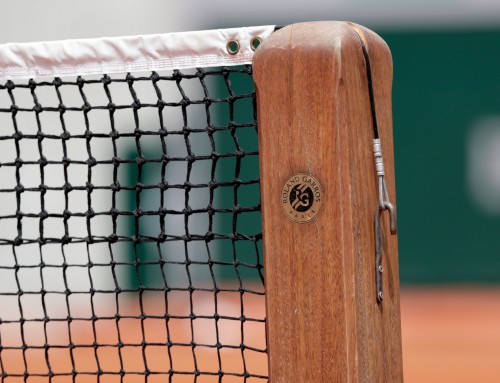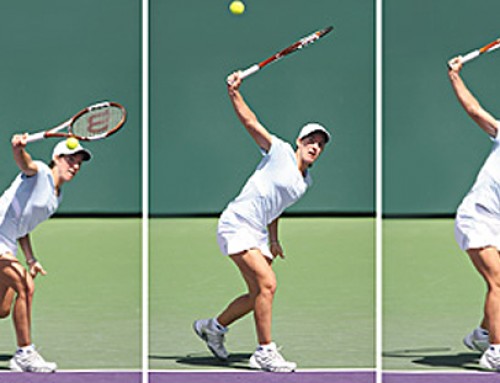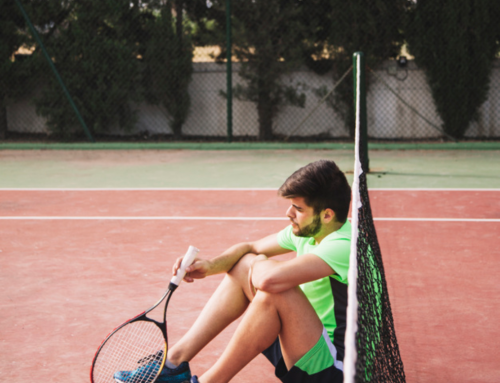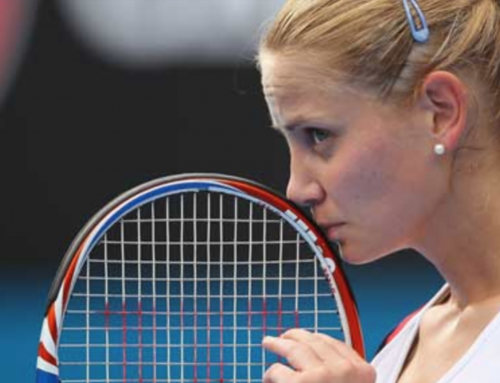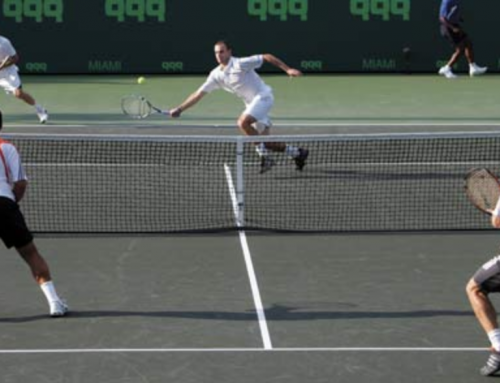
Today I’m going to write about the return of serve in your doubles play. If you don’t play very much doubles then you should! I remember being a teenager just starting to become an overall competent tennis player and absolutely hating it, now I prefer a good doubles match to singles most of the time. Doubles compliments your overall game by forcing you to become comfortable at the net using volleys and overheads, so if you’re not already mixing up your play time with both singles and doubles definitely start!
Listen carefully to what I’m about to say since its probably the most important thing I’m going to write in this blog: RETURN CROSS COURT! Sorry, I just had to get that off my chest. Do not get suckered into trying all kinds of fancy down the ally passing shot returns of serve, you will not come out ahead on it unless the net player in front of you has no idea what they’re doing. I wrote a blog about why to hit cross court several weeks ago, if you haven’t read it make sure you do. Not only is the court longer, and the net lower when you aim cross court with your return, but you avoid the person closest to you on the opposing team. Whoever is closest to you at any point in time during a doubles point poses the highest threat to you losing, unless you’re on the attack and able to hit aggressively at them.
The only time I would condone hitting down the line on your doubles return of serve is when 1) you’re at a 4.0 or above level player and can make an aggressive ground stroke 8 out of 10 times 2) you’re receiving a very weak serve 3) the net player has no idea how to volley and is making lots of mistakes. If none of those three things exist in the match then cross court is your play all day long. Sound boring? In my opinion winning is never boring, and a cross court return is the highest percentage shot to hit. Not only is it higher percentage, but it gives you time to come into the net yourself and add pressure to your opponents next shot.
Ok lets get more specific now for you higher level players. What if your opponents are serve and volleying or poaching? If neither of those two things are happening then your return should be relatively stress free, with a full half of the court open to your disposal. If the server is coming in right after the serve your best play is cross court and down at his feet. If you’re able to hit heavy top spin along with some good drive that is your best play, making the ball dip down low where he cannot attack on the first volley. If you can’t hit heavy top spin, just taking some pace off to drop it lower is great. Either way, if you give the server a nice high volley you’ll quite possibly be in trouble, so do your best to keep it not only cross court but low to him as well. If his partner is squirrelly at the net and moving around a lot on your return do your best to keep your focus and just continue to hit cross court. If it’s becoming an obvious problem and he’s getting to most of your returns easily and putting them away then you’ll have to start mixing up your return. This is what they want!! A good net person will make you nervous and confident in where you’re hitting, always wondering if they’re going or not.
If the server has a tough serve and is coming right in to the net, and the servers partner is covering the net great and putting volleys away with ease, and your last resort is to play double back. Get your partner out of harms way so that your weak returns don’t get him killed on every point. Realize that you’re not giving up the net outright to your opponents and your points on their serve will most likely be an up hill battle, having to hit big passing shots or great lobs to regain momentum once they both get up there. As an alternative to this you can have your partner stand in no-mans land for your return and have him wait and see how good of a return you’re able to produce. If on that particular serve you get in a great low, cross court shot then he has the ability to get right back into the net with you hopefully following him in. If you have trouble and a weak return goes up, he has the ability to scoot back to the baseline quick and prepare to defend the fort.
As always I hope you found this article helpful and informative. Remember to check out the Essential Tennis Podcast to get your tennis instruction on the go! There is a link at the top of this page on the right hand side. Feel free to e-mail me at any time with tennis questions or suggestions for the blog or podcast at ian@essentialtennis.com. Take care



